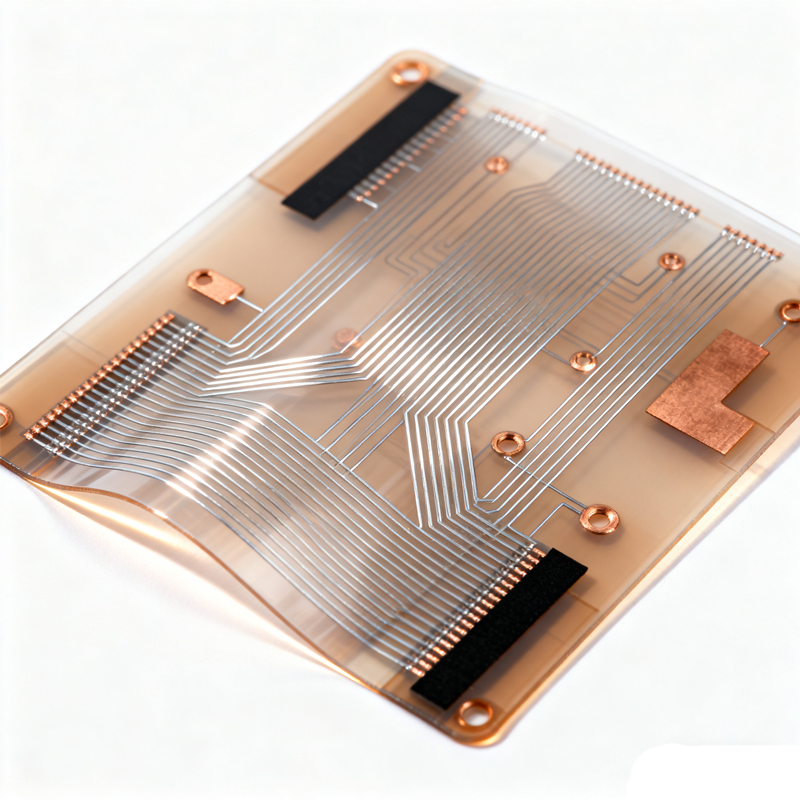Date: 2025-11-11
Here's the straight talk: while resin plugging works great for rigid boards, it's a terrible idea for flexible circuits. Here's why in plain English:
The Stiff Spot Problem
Flexible circuits are meant to bend
Resin creates hard, rigid points
These stiff spots become natural breaking points
Imagine trying to bend a credit card with a rock glued to it - that's what you're creating
Heat Makes Things Worse
Flexible materials expand and contract with temperature changes
The resin expands differently
This creates stress that can crack the board or break connections
They basically pull against each other every time the temperature changes
The Manufacturing Process Is Too Rough
Resin needs high heat to cure (150°C+)
Flexible materials can handle quick heat (like soldering) but not prolonged baking
The high pressure during lamination can damage delicate flex materials

What Actually Works Instead:
Just Use Coverlay
This is the standard flexible "mask" we already use
It naturally covers holes while staying flexible
No extra processes needed
It's what the material was designed for
Design Around the Problem
Put holes in areas that don't bend
Keep the bending zones clean
Sometimes the best solution is to avoid the problem entirely
Special Flexible Adhesives (in rare cases)
Only for non-critical applications
Still not great for active bending areas
Usually more trouble than it's worth
The Reality Check:
If you're working with flex circuits, accept that they're different from rigid boards. Don't try to force rigid board solutions onto flexible materials. The resin will eventually crack, the board will fail, and you'll be left with broken products.
Stick with methods designed for flex circuits. Use coverlay, design smart, and save yourself the headache of field failures. When in doubt, talk to your flex board manufacturer early - they've seen what works and what doesn't.
Kaboer manufacturing PCBs since 2009. Professional technology and high-precision Printed Circuit Boards involved in Medical, IOT, UAV, Aviation, Automotive, Aerospace, Industrial Control, Artificial Intelligence, Consumer Electronics etc..